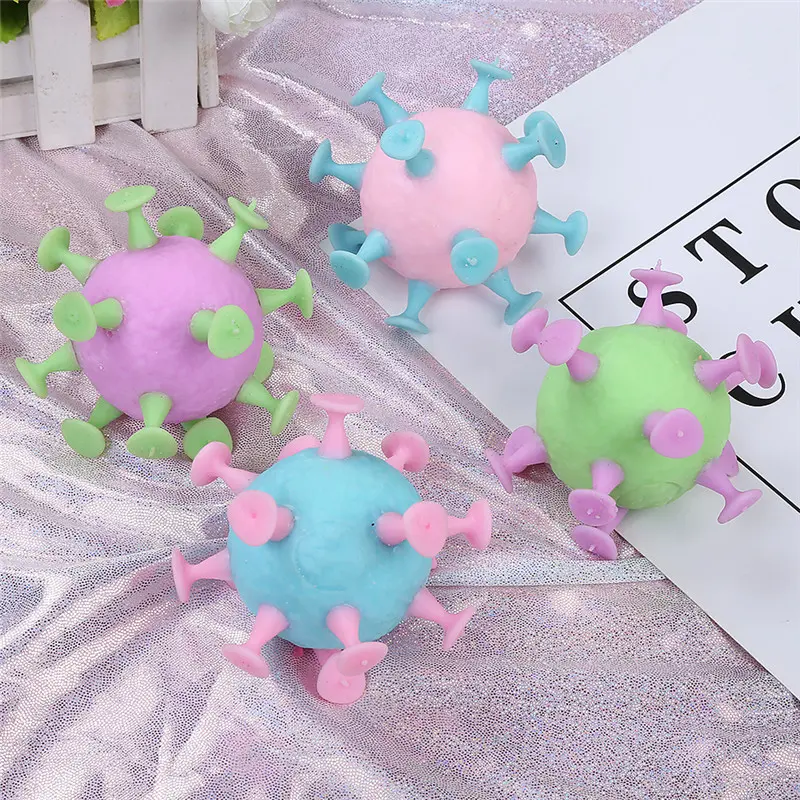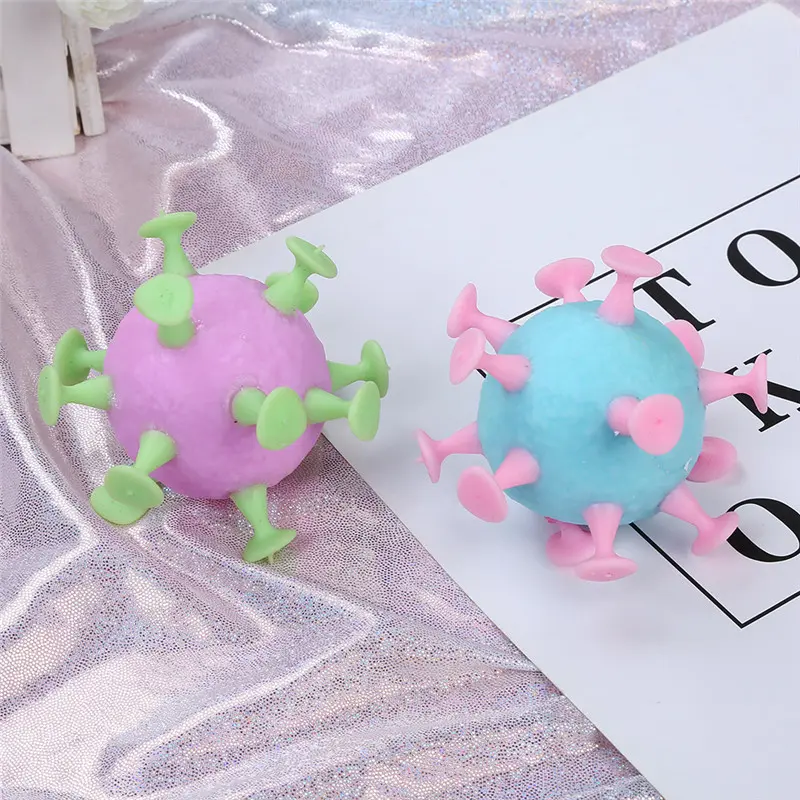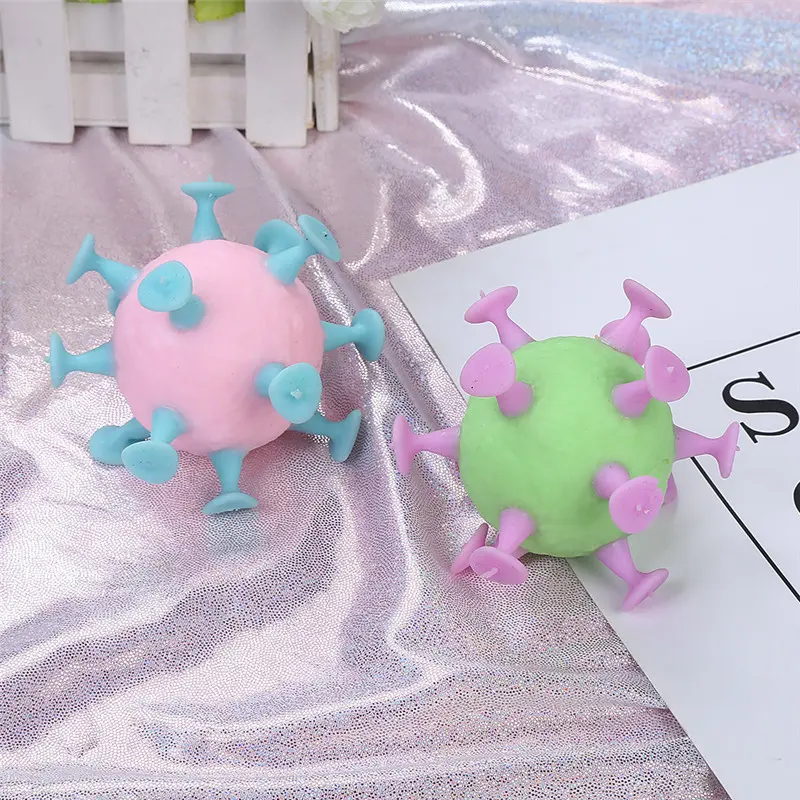Dough balls are an essential component of many delicious dishes, from pizza and bread to pastries and dumplings. The texture of the dough ball plays a vital role in the final outcome of the dish, and getting the perfect texture requires understanding the science behind dough formation and manipulation.
The texture of a dough ball is affected by several key factors, including the type of flour used, the degree of hydration of the dough, the presence of fat and sugar, and the handling of the dough during mixing and kneading.
One of the most important factors in achieving the perfect dough texture is the type of flour used. Different types of flour contain different amounts of protein, which directly affects the formation of gluten in the dough. Gluten is a network of proteins that gives dough elasticity and strength. High-protein flours, such as bread flour, create a stronger gluten network, resulting in a chewier, more elastic dough. On the other hand, low-protein flours, such as cake flour, create a weaker gluten network, resulting in a softer, more tender texture.
The degree of hydration of the dough also plays a crucial role in determining the texture of the dough ball. The amount of water added to the dough affects gluten formation and the overall moisture content of the dough. Higher hydration levels produce a more malleable and open crumb structure, resulting in a lighter, more airy dough. Conversely, lower hydration levels produce a denser, firmer texture.
Adding fat and sugar to dough can also affect its texture. Fats like butter or oil soften the dough by coating the gluten strands, resulting in a softer, creamier texture. Sugar, on the other hand, not only adds sweetness but also helps brown and caramelize the dough, enhancing its flavor and texture.
The handling of the dough during mixing and kneading is another key factor in achieving perfect dough texture. Proper mixing and kneading builds the gluten network, adjusts the proteins and creates a uniform texture. Overmixing can result in a tough, dense dough, while undermixing can result in a spongy, crumbly texture.
Understanding the science behind perfect dough texture allows for precise control over the ingredients and techniques used in dough preparation. By controlling these factors, chefs and bakers can tailor the texture of their dough to meet the specific requirements of different dishes.
For example, in the case of pizza dough, a high-protein flour, such as bread flour, is often used to create a chewy and stretchy texture that can withstand the stretching and shaping required for thin-crust pizza. Additionally, higher hydration levels and longer fermentation times help create a flavorful and airy crust.
In contrast, for delicate pastries and desserts, lower protein flours combined with higher fat content and carefully processed can produce a soft, flaky texture that’s perfect for items like croissants and pie crusts.
All in all, getting the perfect dough texture requires a delicate balance between understanding the science behind the ingredients and techniques involved. By carefully considering the type of flour, level of hydration, fat and sugar content, and manipulation of the dough, chefs and bakers can create textured dough balls that enhance the overall quality and enjoyment of their culinary creations. Whether it’s chewy pizza crust, soft pastry or fluffy bread rolls, the science behind the perfect dough texture is a key element in the art of baking and cooking.
Post time: Jul-29-2024


